Gemstones – Gateway to the Earth
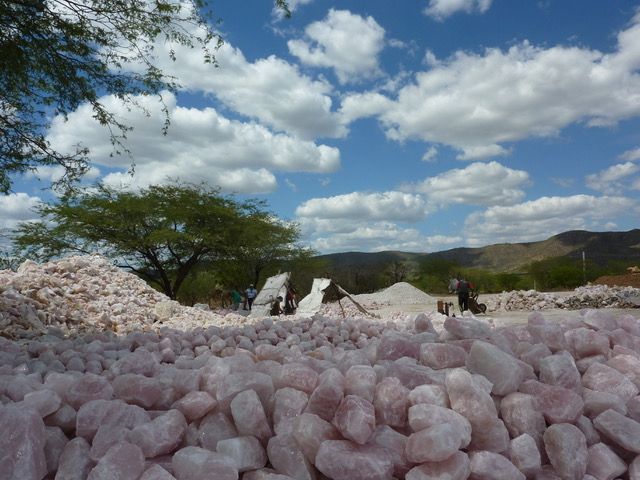
Objects of desire. Wonders of nature. Healing stones. Precious gems. Big clunkers. Gemstones may be called many names but often very little is known about their origin, mining and processing. Journalist Petra Springer frequently accompanied her Brazilian geologist husband on his travels and was able to have a look behind the scenes. She says: “The saying I liked best was ‘stones are the gateway to the earth'”.
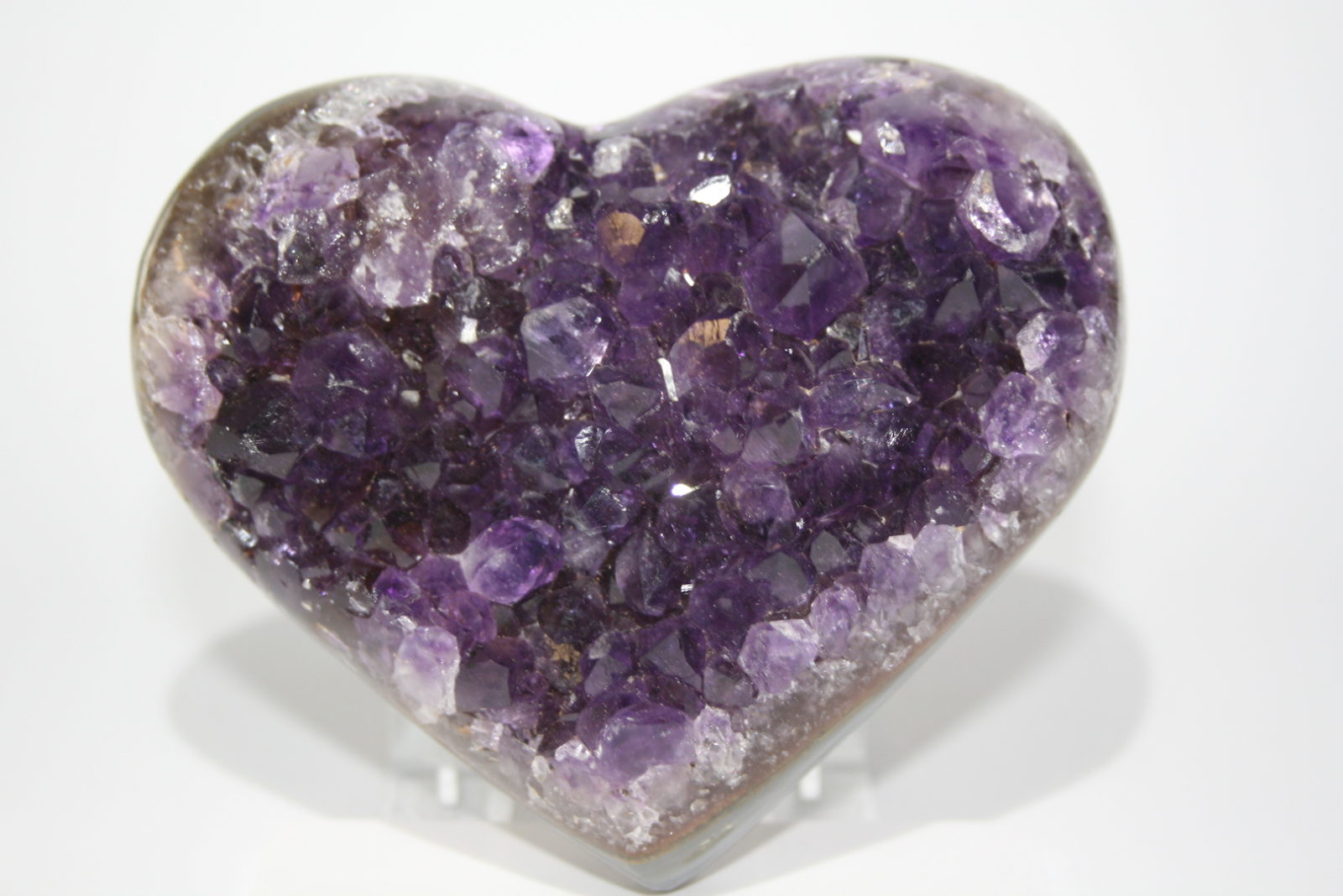
Quality check and finish
In their original form, precious stones are minerals or rocks, raw and shapeless when first mined. Classification characteristics of the more than one hundred types of gemstones are transparency, purity, color intensity and rarity value. In addition, they must have a Mohs hardness (relative hardness value of minerals, named after the German mineralogist Friedrich Mohs) higher than 7. To create a gemstone with perfect luster and optimal refraction, the cutter will grind away at least 50 percent of the rough stone. It is often the cut that makes a gem particularly valuable. The art of cutting means shaping each individual gemstone so that the incident light on the stone is refracted in the most optimal way, thereby enhancing the colour intensity. Gemstones that do not meet the above criteria or have a lower degree of hardness are called semi-precious stones. Among these are agate, amethyst or rose quartz. In mineralogy and gemology, however, the term “semi-precious stone” is no longer used. One speaks of gemstones or precious stones.
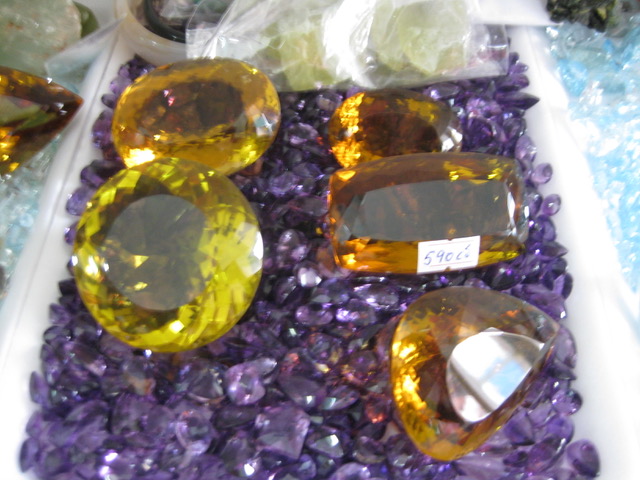
Places of discovery – finding stones
During numerous business trips to Brazil with my husband, a geologist and gemologist, I have had the opportunity to experience the gemstone trade first-hand at discovery sites, in mines, with local middlemen or in the search for new Garimpeiros. “Garimpos” is the Brazilian word for small-scale mining which means the search for raw stones by hand. Even today, the discovery of a gemstone is not an everyday occurrence – a lot of good luck is involved. After mining, the stones are taken to smaller intermediate trade centers near the sites where they were found. What may look like a market is a place where gemstones are traded with wholesalers and middlemen. Stones are offered for sale at stalls or the goods are viewed directly from backpacks.
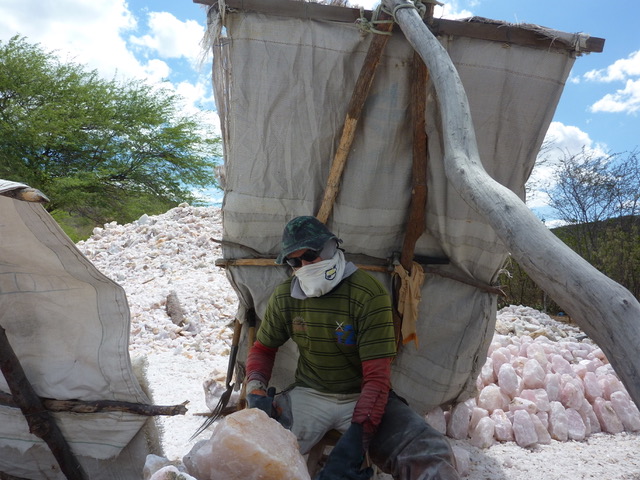
The most valuable stones
In addition to Brazil, there are discovery sites all over the world. Sapphires and rubies, which are mainly found in Burma, Thailand, Sri Lanka and India, are among the most valuable of all gemstones. The sapphire is white in color but is also known to shine in an iridescent blue. Another very rare and expensive stone is the green emerald, found in in Colombia, the Urals, South Africa and Brazil and characterized by many cracks and inclusions. The most well-known gem of all, the diamond, has many places of discovery: South Africa, the Congo, Angola, Tanzania, Sierra Leone, Australia, Namibia, Botswana, Brazil and Russia. Popular gemstones such as topaz, aquamarine and opal come from Australia, and jade from China. Many stones are cut in Thailand, Brazil and India whereas the main centers for processing diamonds are located in Israel, Antwerp and New York. In Germany, the Mecca for processing and trade is Idar-Oberstein.
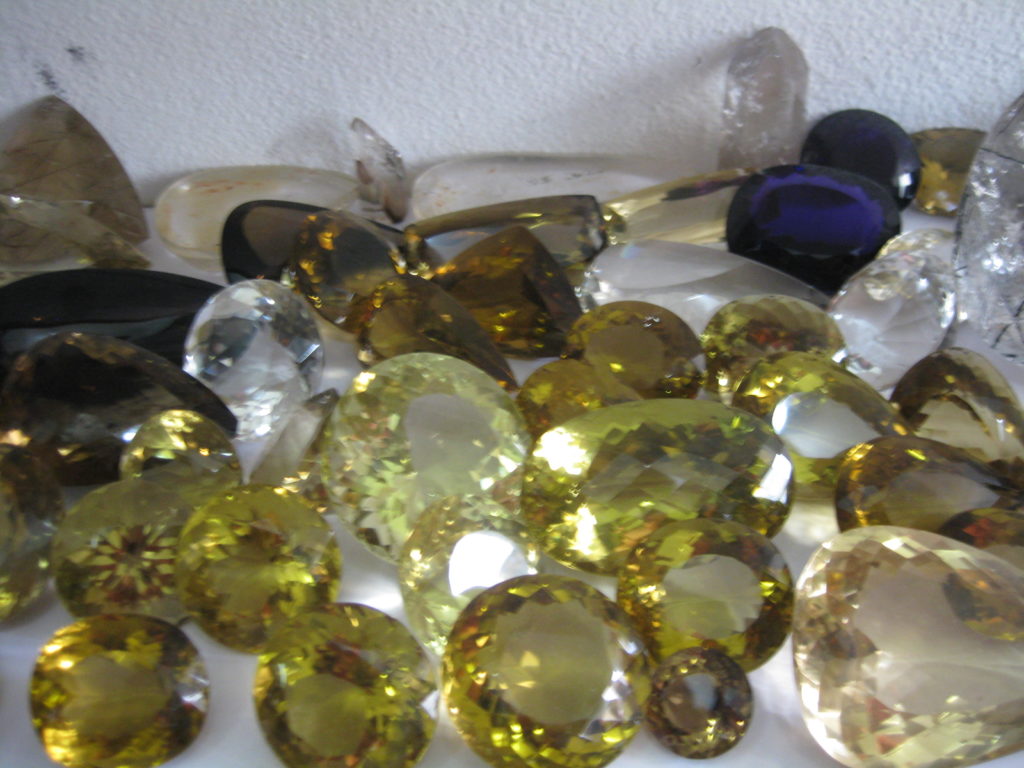
What to watch out for when buying
Besides processing, purity and rarity, the carat (the size) is a main deciding factor in the price. The best bet always is to buy from reputable dealers and trusted jewelers. On vacation, one should avoid places catering to tourists. An optimal selection of gemstones is rarely to be found in such shops, bazaars or souks where the assortment is certain to be overpriced and the stones of low quality. In the countries of origin, the best goods have usually been sold in advance to wholesalers and jewelers at fairs or stock exchanges. And while it can be quite a temptation to buy stones at the airport, where the selection is basically of good quality and meets minimum requirements, the high rent of airport shops will certainly mean that stones are more expensive. Buying on the Internet has a few pitfalls: one cannot see the stones beforehand in the original and no photograph, however good, can exactly reproduce color intensity or brilliance.
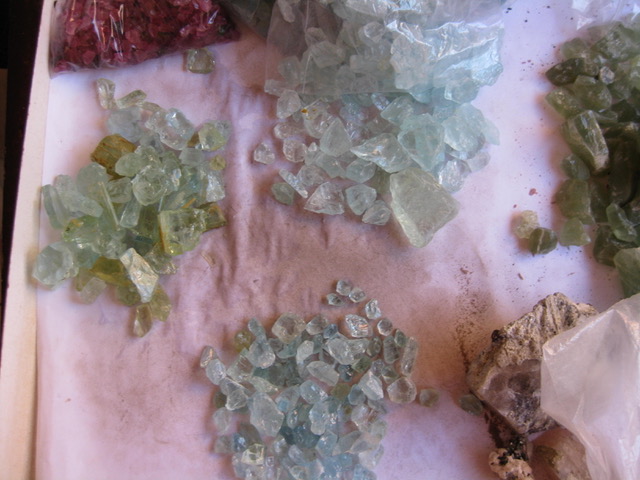
Imitations and synthetic stones
Stay away from fakes! Since gemstones such as aquamarine or rubies are highly sought-after, imitations created from artificial glass, synthetic spinels or irradiated blue topaz are common. Even experienced gemologists often need special instruments to detect a counterfeit. Sapphires can be created by certain melting processes and are the most common type of imitation. Numerous synthetic emeralds, produced in laboratories from solutions or melts with specific additives, can also be found on the market. These are not worth a fraction of the value of an original. If you want to invest in gemstones, the rule of thumb is: the stone must be beautiful and rare. And, if possible, worldwide, which will raise the commercial value substantially. It should be remembered that gemstones are a commodity traded on a global but highly unpredictable market. They will always have a minimum value, but not necessarily the desired worth that can be obtained when resold. The diamond is an exception. There are fixed prices but even then, reductions in price can be expected. Diamonds can be a worthwhile investment but should nevertheless be treated with caution as a capital asset. Close attention should be paid to the certificate, which will play an important role in terms of value development.
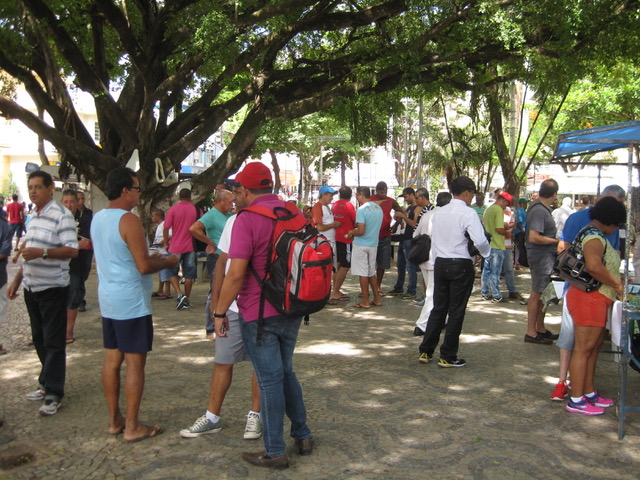
Stones as a fashion myth or timeless elegance
Stones are indeed subject to a certain fashion dynamic, which causes prices rise or fall. Marilyn Monroe’s “Diamonds are a girl’s best friend” which at that time triggered a hype about these gemstones, is the best example. Social networks, influenced by stars and celebrities, set today’s trends. At present, colored or “fancy diamonds”, especially red diamonds, are in high demand. When buying a gemstone, always remember that beauty is subjective. The market value may determine the price, but true appreciation is solely dependent on one’s own personal taste.
Pictures: @Petra Springer, Translation: @Valery McCleary
classification, diamonds, gemology, gemstones, semi-precious stones
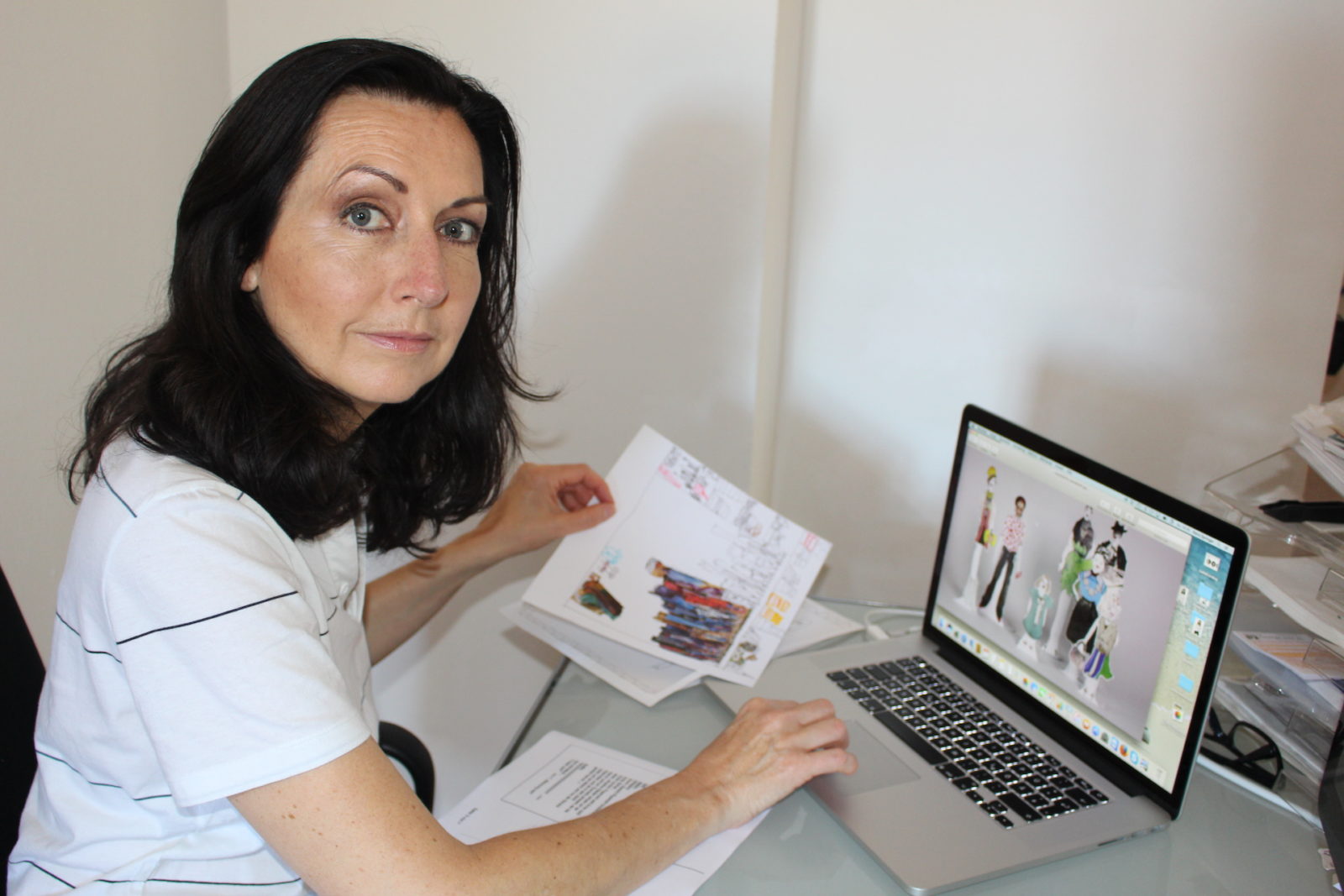
Culture&Cream Autorin Petra Springer
Aus dem Bereich Fashion-Illustration & Design Studies an der Meisterschule für Mode, München, kommend, war ich lange Jahre als Fashion-Director für verschiedene Magazine tätig. Seit zwei Jahren arbeite ich als Content-Editor für Online-Portale und entwickle gezeichnete Modekurzfilme. Weiterbildung: Illustration & Fashion Drawing, FIT, Fashion Institute of Technology, New York City. In München: Visual Communications, Wildner Akademie, Zeichnen & Malerei Studien, Akthof, Aktzeichen & Anatomisches Zeichnen, Akademie für Bildende Künste.